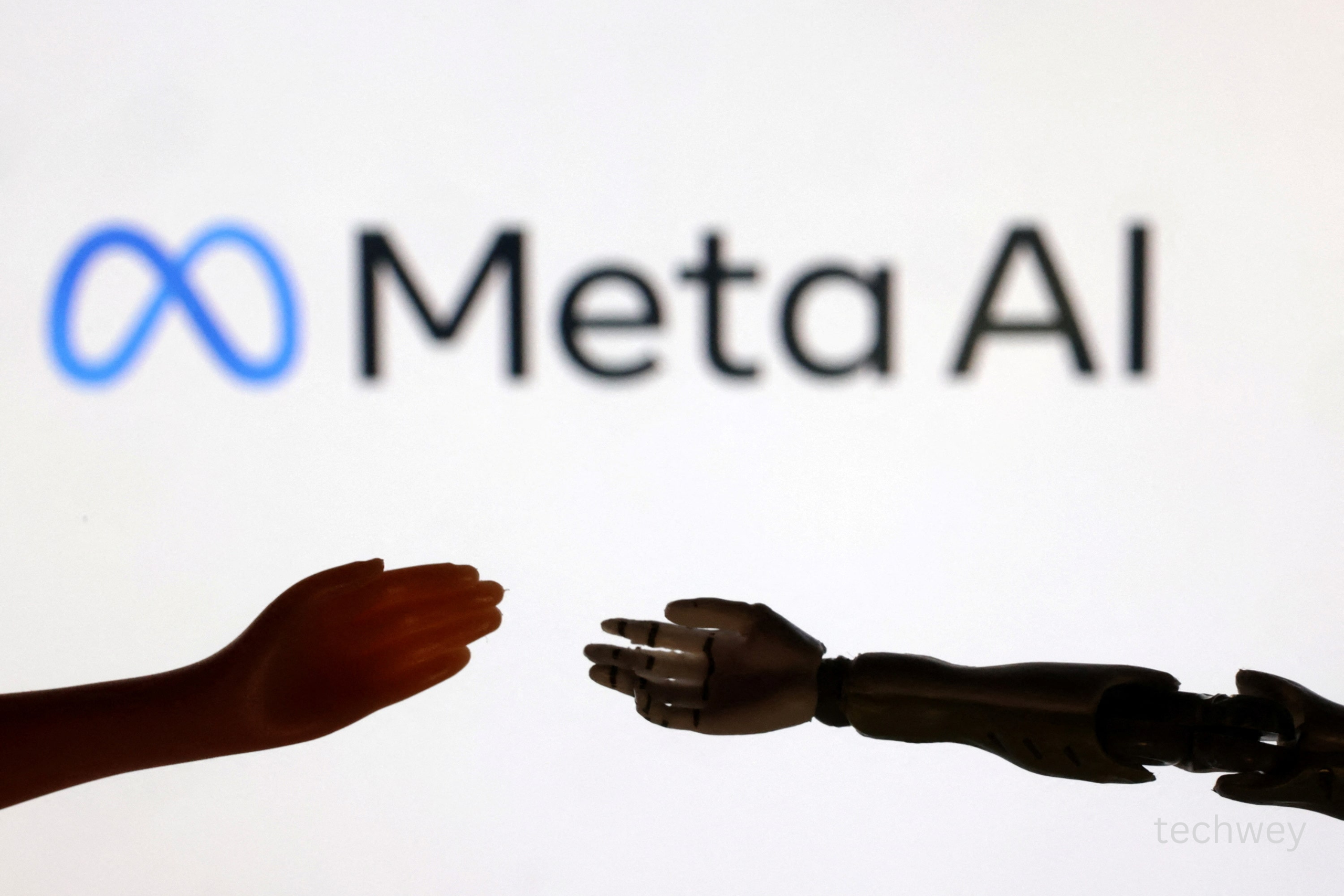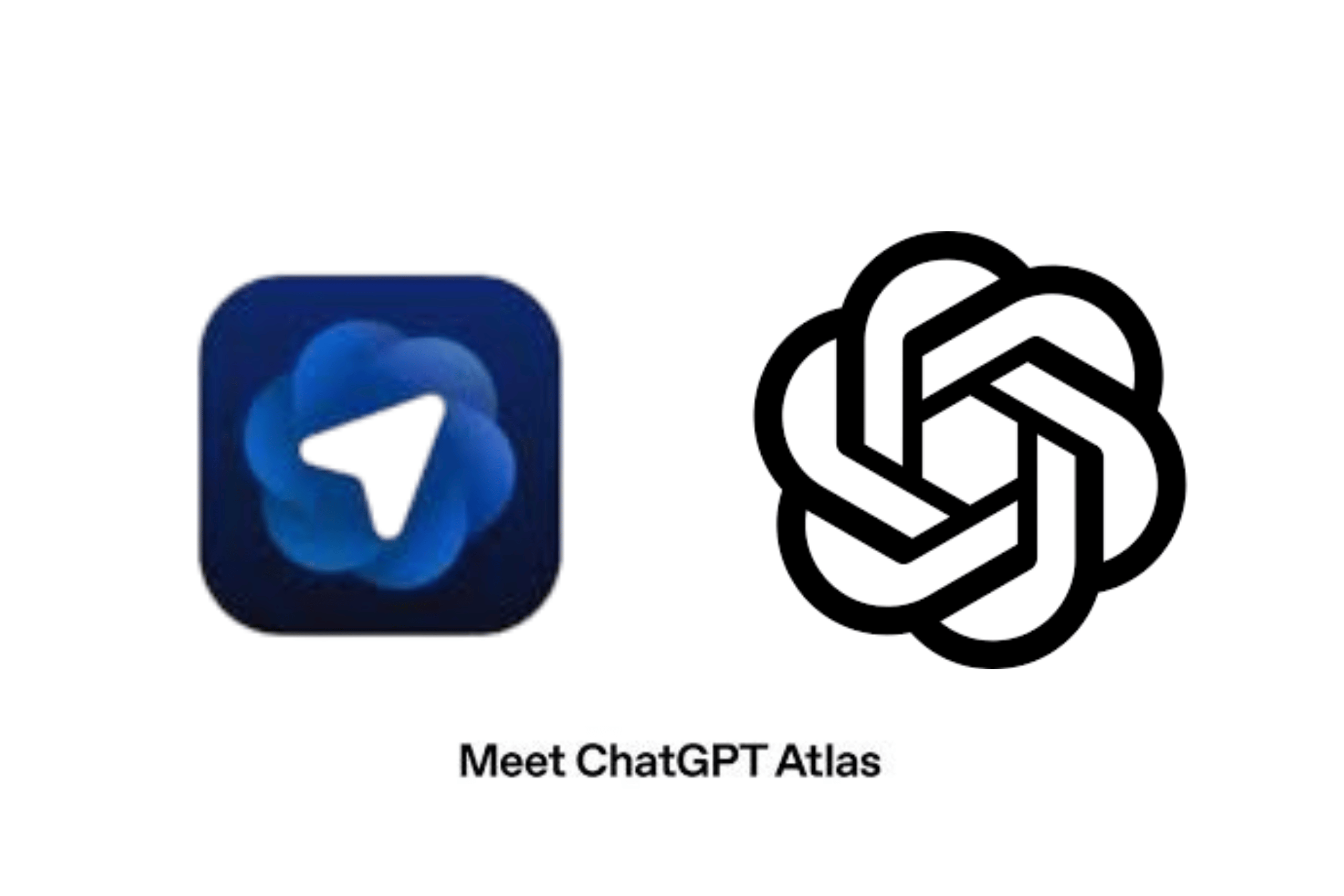
The rise of edge AI is reshaping how our gadgets process data, making everything faster, smarter, and more private. Instead of sending information to the cloud for analysis, edge AI performs computations locally—directly on your device.
What Is Edge AI?
Edge artificial intelligence refers to AI processing done on hardware close to where data is created, such as phones, CCTV cameras, drones, and IoT devices. Unlike cloud AI, it doesn’t rely heavily on internet connectivity, allowing real-time decisions.
For a deeper technical definition, check this explanation of edge computing.
How The AI Works
AI models run on specialized chips like NPUs (Neural Processing Units) or optimized CPUs/GPUs inside the device. These chips allow instant processing without waiting for cloud servers. This leads to lower latency and increased reliability.
You can explore how NPUs function from this detailed breakdown.
Its Benefits
1. Speed and Real-Time Decisions
With no internet delay, It reacts instantly. This is why it’s used in self-driving cars, motion sensors, drones, and emergency systems.
2. Better Privacy Protection
Because data stays on your device, it avoids unnecessary cloud transmissions. This is especially important for sensitive fields like healthcare and finance.
3. Lower Energy and Network Costs
Edge AI reduces the amount of data transmitted to the cloud, improving efficiency and saving bandwidth.
Where Edge AI Is Used Today
- Smartphones and Laptops: Most advanced gadgets now integrate on-device AI features like real-time photo enhancement, offline voice assistants, noise cancellation, and predictive typing.
- Smart Home Devices: From doorbell cameras to smart thermostats, many home gadgets use it for faster automation. Learn more about IoT trends here: Internet of Things overview.
- Autonomous Vehicles: Cars use It to process sensor data instantly—critical for avoiding collisions and navigating traffic.
Why Edge AI Matters for the Future
As we move into an era of smarter devices, It will be essential for enabling immersive AR/VR experiences, safer robotics, and next-generation healthcare tools. It’s one of the biggest shifts in computing today, and it’s just getting started.
Read more tech related article here.






Leave a Reply